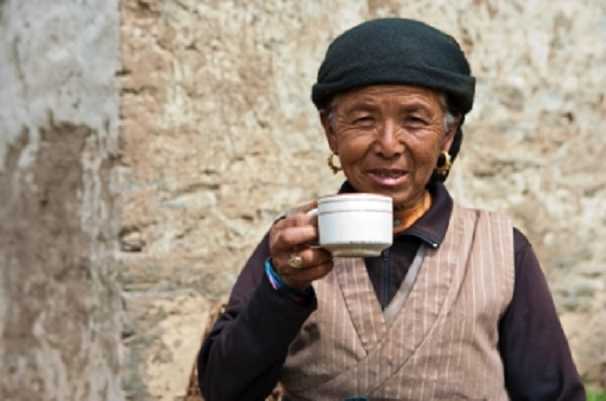KATHMANDU, Nepal – The Ministry of Agricultural Development (MoAD) is likely to endorse the five-year Coffee Development Strategy (2018-22) submitted by the National Tea and Coffee Development Board (NTCDB) some two months back by the end of September.
The NTCDB has developed a five-year strategic plan to enhance the productivity and quality of coffee in the country. The NTCDB board led by the agriculture minister needs to approve it to bring it into effect. The Board is planning to implement the strategy from next year.
Through the execution of this five-year strategy the NTCDB expects to double the output of coffee from the existing 434 metric tonnes.
Cultivation area will also be expanded to achieve the targeted production and improving the quality of coffee is also in priority.
The strategy focuses on five major strategic dimensions to realise the ultimate goal of commercial farming of Nepali Arabica coffee in all 41 districts of the country that have been identified as suitable for coffee cultivation.
“The strategy focuses on Arabica variety of coffee, which is largely being cultivated in the country and can fetch comparatively higher prices as compared to Robusta coffee, which is also cultivated in the country,” said Sheshkanta Gautam, executive director of NTCDB. “There is high demand for Nepali coffee in the international market but we have failed to tap the opportunities due to low production volume.”
The strategy developed by NTCDB, with support of the European Union-funded Trade and Private Sector Development Programme under the Ministry of Commerce, is expected to enhance the production base of coffee.
According to the strategic plan, NTCDB in coordination with Nepal Agriculture Research Council and the Coffee and Tea Development Section under MoAD, will support the research works and carry out various activities aimed at making farmers aware about higher yields from coffee production and motivate them to take up coffee plantation in larger areas of land in the 41 identified districts. Cultivation area will also be elevated to the upper areas of the hilly districts as the perennial rise in global temperature may cause loss in existing cultivation areas in the future.
Similarly, various activities to manage the pests and diseases in coffee plants will be designed and implemented shortly, through which NTCDB expects to boost production and quality of Nepali coffee.
The strategic plan has also talked about amending National Coffee Policy-2003 to motivate farmers towards quality production and increase export of coffee in the international market to earn foreign currency.
It has also identified the need to revise the existing coffee policy for developing linkages in national as well as international markets, increase sales of Nepali coffee to address the growing demand, and maintain the image of Nepali organic coffee in the international market.
On the other hand, proper management of coffee subsector development programmes and coordination with relevant stakeholders is expected to lead to achievement of efficiency in negotiating and justifying organic certification, fair trade recognition and increased sales in both national and international markets, according to the strategic plan.
The strategic plan has also highlighted the crucial aspect of market promotion and trademark registration of Himalayan Coffee in every possible export destination.


















